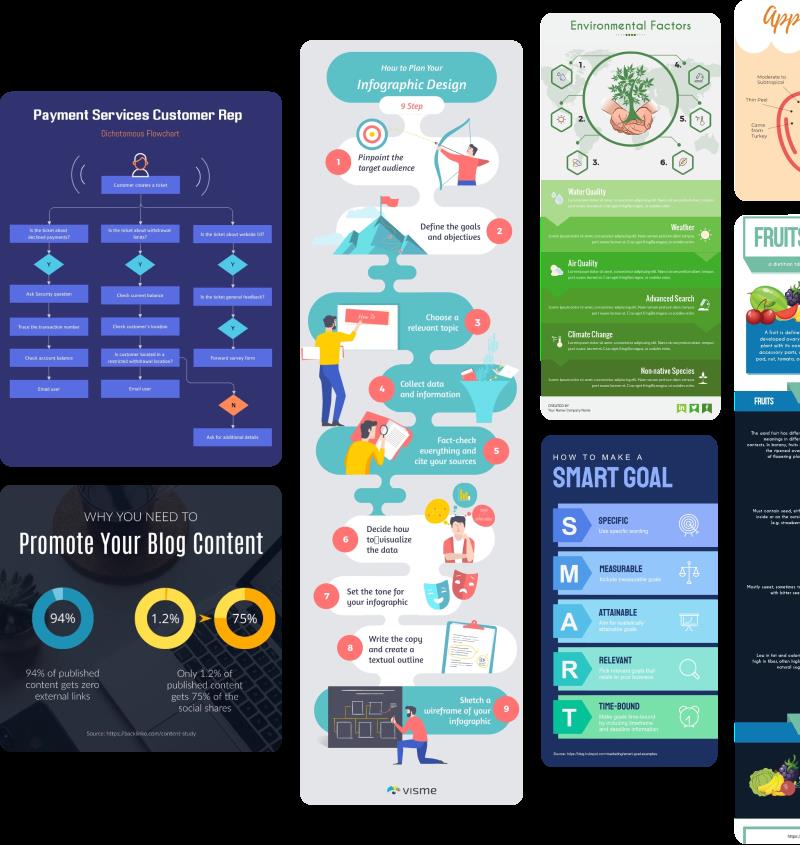
Infographics, when strategically deployed, can revolutionize your branding approach. This article illuminates eight potent ways to leverage infographics for brand enhancement.
We'll explore how to craft memorable visuals, communicate your brand story, promote brand consistency, and measure the impact.
Let us delve into the art of using infographics as a dynamic tool for building brand authority and fostering viral marketing, in our quest to stay innovative in an ever-evolving digital landscape.
Understanding the Role of Infographics in Branding
To fully harness the potential of infographics for your brand, it is crucial to understand their role in conveying complex information in an easily digestible format. Infographics combine both visual and textual elements, making them a powerful tool to communicate your brand's values, mission, or complex data.
Infographic relevancy is pivotal in ensuring your audience understands your message, while staying engaged with your content. In the rapidly evolving digital landscape, branding trends are leaning towards more visual, concise and engaging content. Infographics fit this trend impeccably, providing an innovative way to communicate your brand message.
Strategically designed infographics can significantly enhance your brand image, making it more memorable and engaging to your audience.
The Art of Crafting Memorable Infographics
Creating memorable infographics is an art form that combines design, strategy, and psychology.
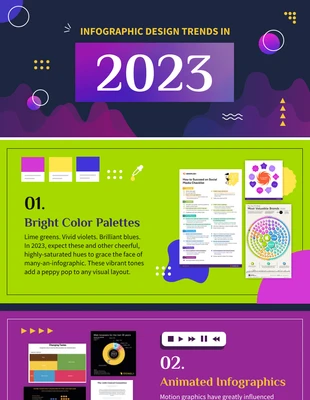
To effectively engage your audience, it's crucial to understand how impactful design, compelling visual storytelling, and the psychology of colors can enhance your infographics.
This section will illuminate these key elements, laying a foundation for you to craft infographics that not only captivate but also resonate with your audience.
Designing Impactful Infographics
The art of crafting impactful infographics is an essential skill for enhancing brand recognition and conveying complex information in a digestible format. Employing infographic typography and data visualization techniques can transform raw data into a compelling narrative.
Effective Infographic Typography: Infographic typography should be clear, readable, and visually appealing. It should complement the overall design and help guide the viewer's eye through the infographic.
Data Visualization Techniques: Innovative data visualization techniques such as pie charts, bar graphs, and heat maps can be used to represent and simplify complex data.
Harmonious Design Elements: The design elements of the infographic, including colour scheme, layout, and imagery, should work harmoniously to create a visually impactful piece.
Crafting memorable infographics is a blend of art and science, requiring both creativity and strategic thinking.
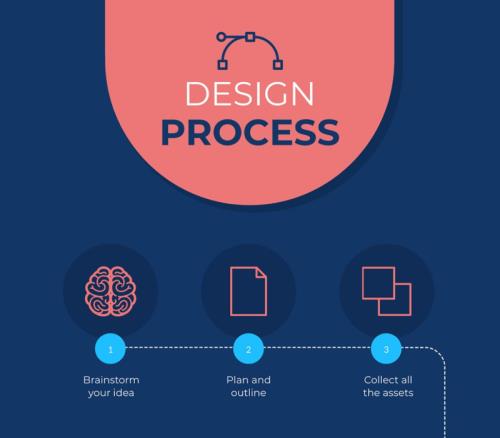
Visual Storytelling Strategies
Mastering the abstract concept of visual storytelling, and incorporating it into your infographics, can significantly enhance the overall impact of your branding efforts.
As you compare storytelling mediums, infographics stand out due to their powerful blend of text and visuals, which serve to engage the audience on multiple cognitive levels.
A well-crafted infographic acts as a visual narrative, guiding the viewer through a journey of discovery, understanding, and ultimately, persuasion.
The infographic interactivity potential is another compelling aspect. Interactive elements can make your infographic more engaging, inviting users to explore, click, and scroll. This encourages longer engagement times, deepens understanding, and promotes sharing.
Infographic Color Psychology
A significant proportion of memorable infographics owe their success to a well-planned use of color psychology, which can profoundly influence viewer perception and engagement. The effective application of color theory can transform infographic aesthetics, ensuring your brand's message is not only conveyed, but remembered.
Color Association: Use colors that align with your brand's values and message. For example, blue can signify trust and reliability, ideal for financial or technological brands.
Contrast and Balance: High contrast colors can highlight key information, while a balanced color palette maintains viewer interest and prevents information overload.
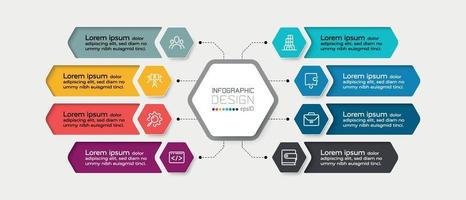
Consistency: Use consistent color schemes across your infographics to reinforce brand recognition and ensure a cohesive aesthetic.
Incorporating these strategies will ensure your infographics are effective, memorable, and reflective of your brand's identity.
Boosting Brand Recognition With Infographics
While infographics are often used for simplifying complex information, they also serve as a potent tool in boosting brand recognition. Infographic analytics can provide insights into viewer behavior, helping to identify key elements that resonate with the audience, which aids in conversion optimization.
By strategically incorporating brand colors, logos, and taglines into infographics, businesses can strengthen their brand image in the minds of viewers. Infographics can be shared across various digital platforms, increasing brand visibility and recall.
The creative application of infographics in brand storytelling can also foster an emotional connection with the audience, further solidifying brand recognition. Ultimately, the innovative use of infographics, combined with data-driven strategies, can significantly enhance brand recognition, fostering customer loyalty and business growth.
Using Infographics to Communicate Your Brand Story
Leverage the power of infographics to narrate your brand's story, and connect more effectively with your target audience. The strategic use of infographics can transform a complex narrative into an engaging, memorable, and shareable visual.
Infographic Typography Choices: The typeface you choose should reflect your brand personality while ensuring readability. A professional, sophisticated brand might opt for serif fonts, while a modern, innovative brand may lean towards clean sans-serif fonts.
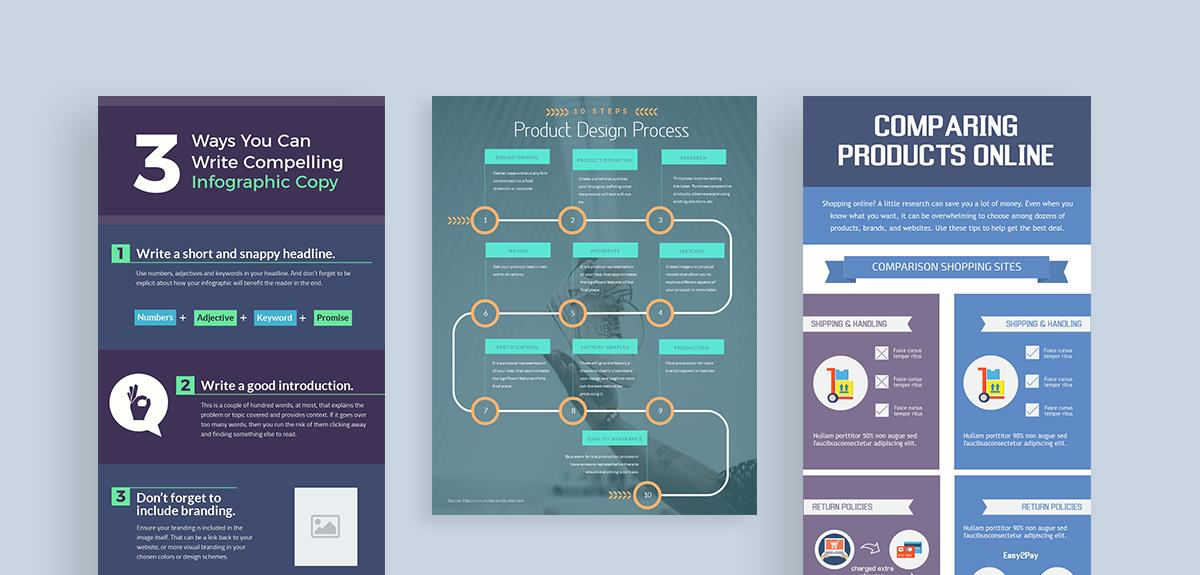
Infographic Content Curation: Curate content that resonates with your audience and aligns with your brand message. This could include data, testimonials, or milestones.
Design Element Consistency: To enhance brand recognition, maintain consistency in design elements like color palette, iconography, and layout.
Through creative and strategic use of infographics, you can effectively communicate your brand's story, foster deeper connections with your audience, and enhance your brand's presence.
Harnessing the persuasive power of infographics, businesses can build and bolster their brand authority in the competitive market landscape.
By employing Infographic SEO optimization, brands can increase their visibility, driving organic traffic to their website and strengthening their online reputation.
Moreover, effective infographic distribution strategies ensure these visually engaging tools reach the desired audience, maximizing their impact.
By presenting complex data in an easily digestible format, infographics position a brand as a knowledgeable industry leader. This creates a sense of trust and credibility among consumers, key elements in building brand authority.
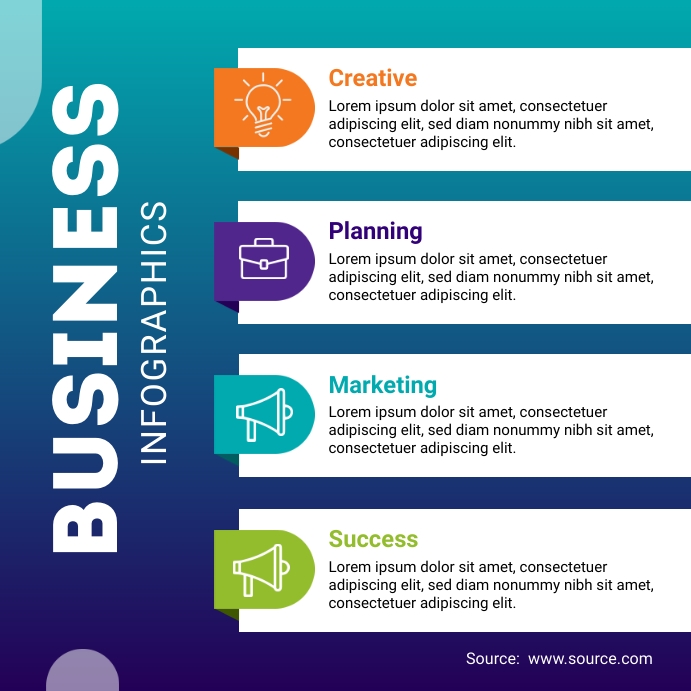
Therefore, infographics, when used strategically, can become a powerful tool for brands, helping them stand out in the ever-evolving digital world.
As companies strive to maintain a coherent and consistent brand image, infographics serve as an invaluable tool, enabling them to visually communicate their brand values, mission, and identity in a compelling and consistent manner. This approach eliminates any potential 'consistency challenges' that may arise from varying interpretations of textual content.
Unified Brand Presentation: Infographics ensure a uniform representation of your brand across all platforms, enhancing recognition and recall.
Infographic Adaptability: Their flexible nature allows infographics to be adapted to different contexts while preserving the core brand message.
Consistent Storytelling: Infographics enable brands to tell their story in a consistent, engaging manner, regardless of the medium or platform.
Infographics as a Vehicle for Viral Marketing
Infographics, with their unique blend of visual appeal and condensed information, are potent tools for viral marketing campaigns.
Their shareable nature can drive substantial traffic to your brand, leveraging the power of social media networks.
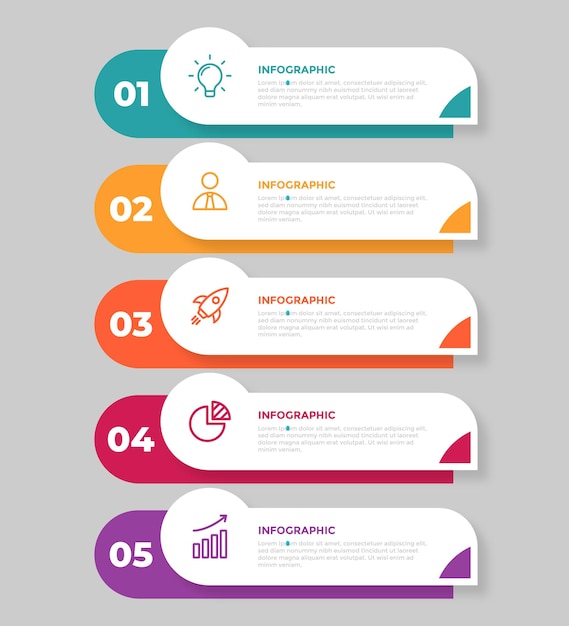
This discussion will consider the critical role of infographics in facilitating viral marketing and their potential to exponentially expand your brand's digital footprint.
Driving Traffic With Infographics
A significant number of businesses are capitalizing on the power of infographics as a potent tool for driving traffic and facilitating viral marketing. The blend of data and graphic design makes them highly shareable, engaging, and digestible, thus optimizing their potential for Infographic SEO optimization.
To maximize their impact, consider the following steps:
Create High-Quality Infographics: Ensure your infographics are visually appealing, data-driven, and contain relevant information. Quality is key to garnering attention.
Optimize for SEO: Leverage keywords, meta descriptions, and alt text to make your infographics discoverable.
Utilize Multiple Distribution Channels: Spread your infographics across various platforms, including social media, websites, and emails. Diversifying your Infographic distribution channels increases visibility, thereby driving more traffic and reaching a broader audience.
Infographics and Social Sharing
Over 90% of the information we remember is based on visual impact, making infographics an invaluable asset to leverage for viral marketing on social media platforms.
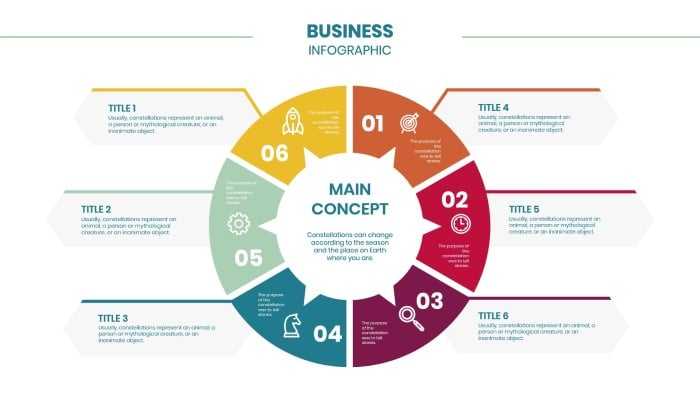
Infographics are not just about representing data visually; they are a powerful tool to increase brand awareness and engagement. Utilizing innovative design and concise information, infographics captivate the audience's attention, thus boosting infographic engagement.
The shareability factors of infographics, such as relevance, simplicity, and novelty, significantly enhance their potential to go viral. A well-crafted infographic is easily shareable across various social platforms, spreading your brand's message far and wide.
The more your infographic is shared, the larger your reach becomes, leading to a surge in brand recognition and reputation.
Harness this potential of infographics for a strategic and innovative approach to marketing.
Viral Potential of Infographics
Harnessing the viral potential of infographics can significantly amplify your brand's reach and recognition in the digital marketing landscape. Infographics have the capacity to encapsulate complex information into an easy-to-digest visual format, making them highly shareable. This shareability is what makes infographics a powerful tool for viral marketing.
Infographic Monetization: Infographics can be monetized by selling ad space within the design or by creating premium infographics that users pay to access.
Infographic SEO Optimization: Infographics, when optimized for SEO, can drive organic traffic to your website, thereby increasing your brand's online visibility.
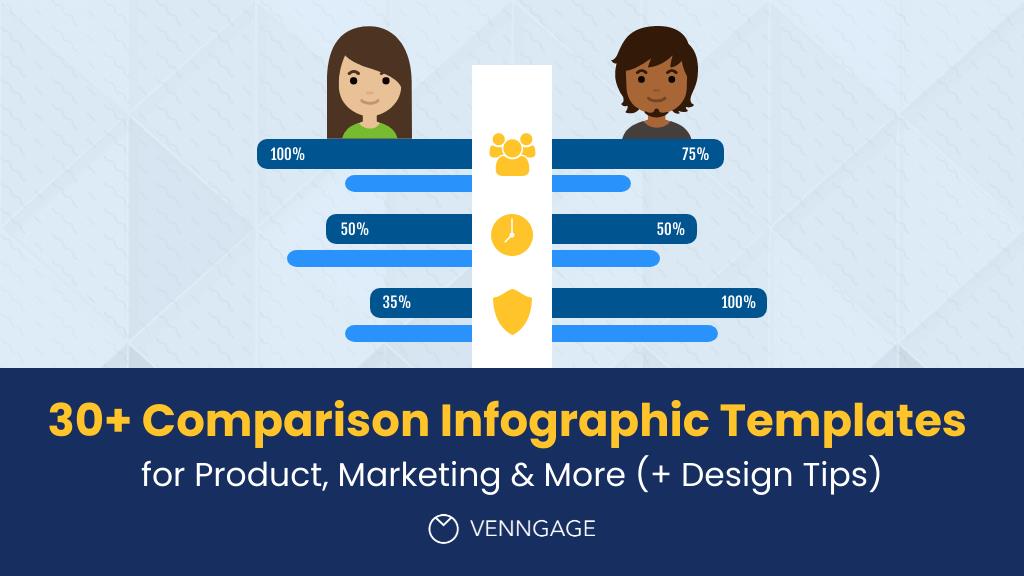
Enhanced Engagement: Infographics can boost engagement levels, as they are visually appealing, easily understood, and highly shareable, thereby increasing the chances of viral spread.
Leverage these strategies to unlock the viral potential of infographics and enhance your brand's digital footprint.
Measuring the Impact of Infographics on Your Brand
Evaluating the effectiveness of infographics on your brand's recognition and appeal requires a keen understanding of key performance indicators and audience response metrics. Utilizing Infographic analytics can reveal valuable insights into user engagement and interaction patterns.
These analytics measure the number of views, shares, likes, and comments, providing a clear picture of your content's reach and impact on brand perception. The data collected can identify the elements that resonate most with your audience, guiding future content creation efforts.
Frequently Asked Questions
How Much Does It Cost to Create a Professional Infographic?
The cost of creating a professional infographic varies, typically ranging from $200 to $1000. When considering Infographic Outsourcing, it's essential to factor in the potential ROI on Infographics for your brand's visibility and engagement.
What Are Some Common Mistakes to Avoid When Designing Infographics?
Common mistakes when designing infographics include inappropriate color usage, which can confuse the message, and poor typography choices that hinder readability. These errors can dilute the infographic's impact and impede effective communication.
Certainly, tools like Canva, Piktochart, and Venngage are highly recommended for creating infographics. They offer options for infographic accessibility and color psychology, critical aspects for making infographics more engaging and effective in conveying your message innovatively.
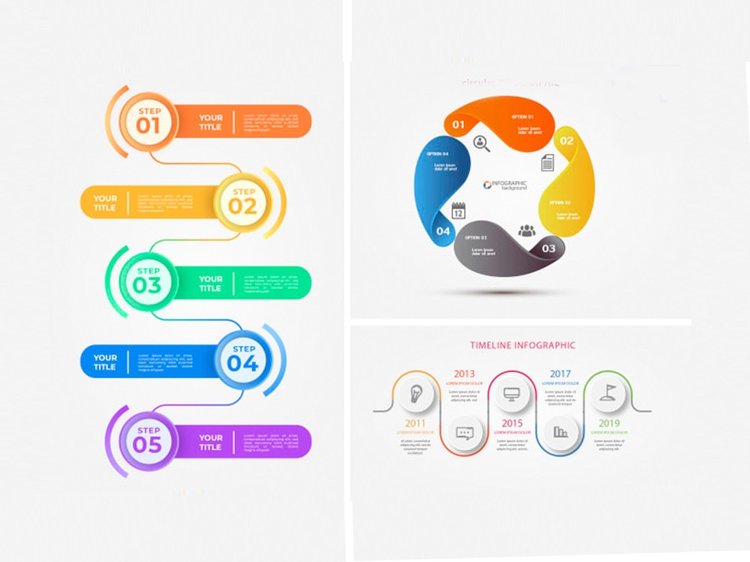
How Long Does It Typically Take to Create an Infographic?
The duration for infographic creation varies widely, based on complexity and design elements. However, with effective time management in infographic creation or infographic outsourcing, the process can typically take between 24 to 48 hours.
Can Infographics Be Used for Internal Branding or Employee Training?
Absolutely, infographics can significantly enhance internal branding and employee training. They boost infographic engagement and training efficiency by visually presenting information, making it easier to understand, remember, and apply in innovative work environments.
 Digital Art InstructionDIY Infographics DesignMobile Game ArtworkPersonalized Logo Design3D AnimationeBook Covers DesignPrivacy PolicyTerms And Conditions
Digital Art InstructionDIY Infographics DesignMobile Game ArtworkPersonalized Logo Design3D AnimationeBook Covers DesignPrivacy PolicyTerms And Conditions
